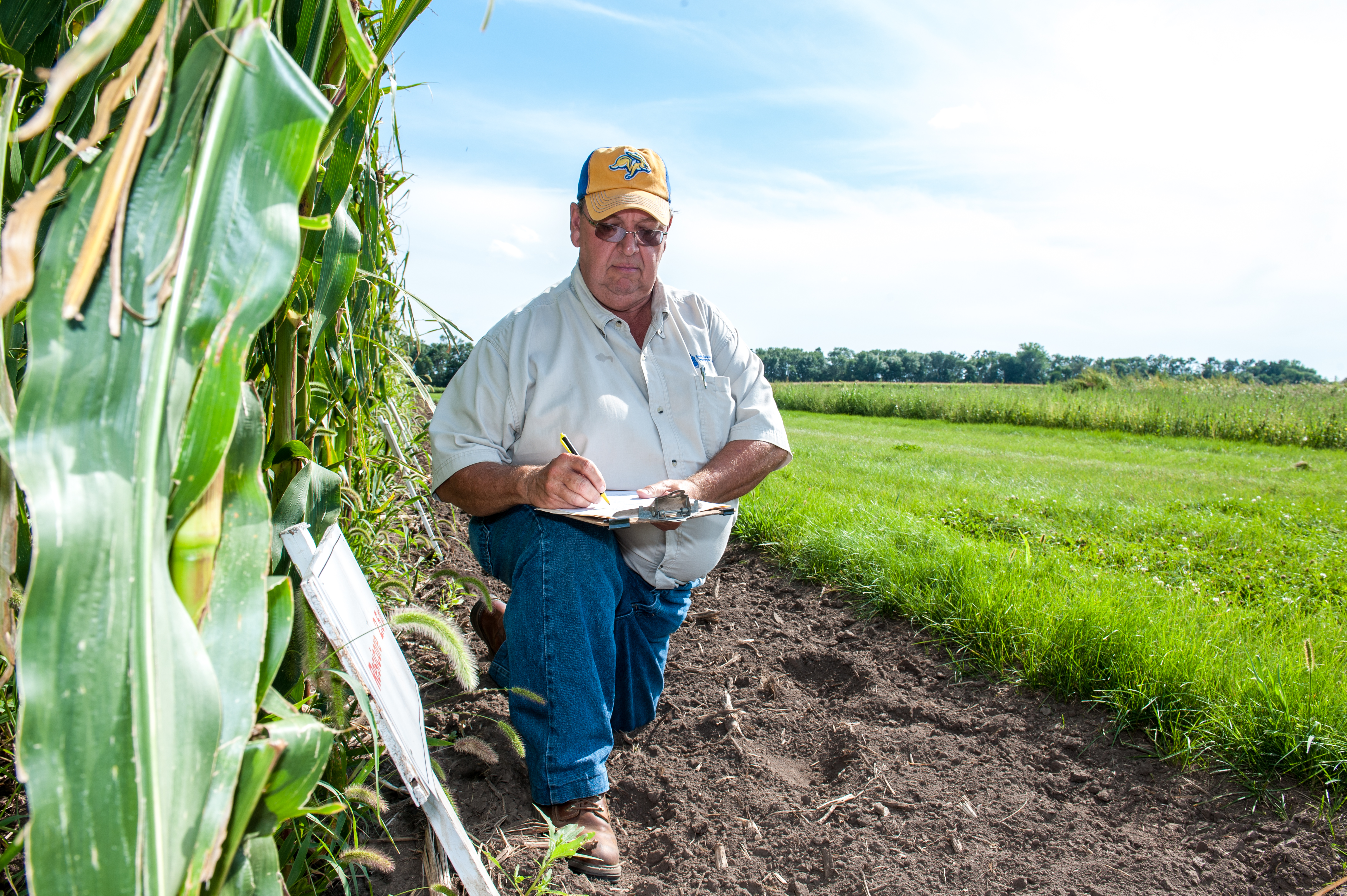Search

Poisonous Plants on Rangelands: Woody Species
Several woody plant species that are poisonous to livestock are found throughout South Dakota rangelands, including ponderosa pine, chokecherry, greasewood and broom snakeweed.

SDSU Extension to Tackle Weed, Pest and Drought Inquiries at State Fair
August 23, 2021
To address drought concerns, as well as weed and pest inquiries, South Dakota State University Extension will feature two booth locations at the 2021 South Dakota State Fair Sept. 2-6 in Huron.

‘Baa-d Cedars’ Field Day Examines Goat-Targeted Grazing on Cedars
September 17, 2021
South Dakota State University Extension invites the public to an interactive Eastern Red Cedar Management Field Day to see the impact goats can have in controlling the most widely distributed conifer across eastern North America.

Noxious Weeds of South Dakota
Pictorial reference guide of noxious weeds in South Dakota

Understanding the Critical Role of Broadleaf Pollinator Plants in Pastures
Understanding the economic role of pollinators is the first step towards understanding their diverse values to grassland and crop systems.

Water Use by Plant Stage
Over the growing season, solar radiation, air temperature and plant size are the dominant factors in determining evaporative demand and the rate of water use by wheat. Water use can vary dramatically on a day-to day basis, depending on climate and wheat health.

Sorghum Trial Results
In 2023, sorghum trials were conducted in 2 locations in South Dakota.

Noxious Weed Control in Pasture and Range
Noxious weed control in pastures is becoming more of a challenge. Most ground commercial spray businesses are no longer spraying pastures. If they are, there may be restrictions on the time they will spray, what products they will spray, or they may only spray if they also have all of the rest of your spraying business.

Spring Wheat Variety Trial Results
The 2023 spring wheat reports include data from 10 locations with regional summaries.

Lawn Weed Control
Cultural weed control practices must be included in weed management programs to optimize control and inhibit re-infestation. A healthy, dense turf cover is the best overall defense against weed invasion. Some common cultural weed control practices include planting the most adapted turfgrass species for your environment (i.e. shade, full sun, or hot, dry conditions), maintaining a mowing height of 2.5–3.5 inches, watering deeply but less frequently, and proper soil maintenance including fertilization and core aerification.